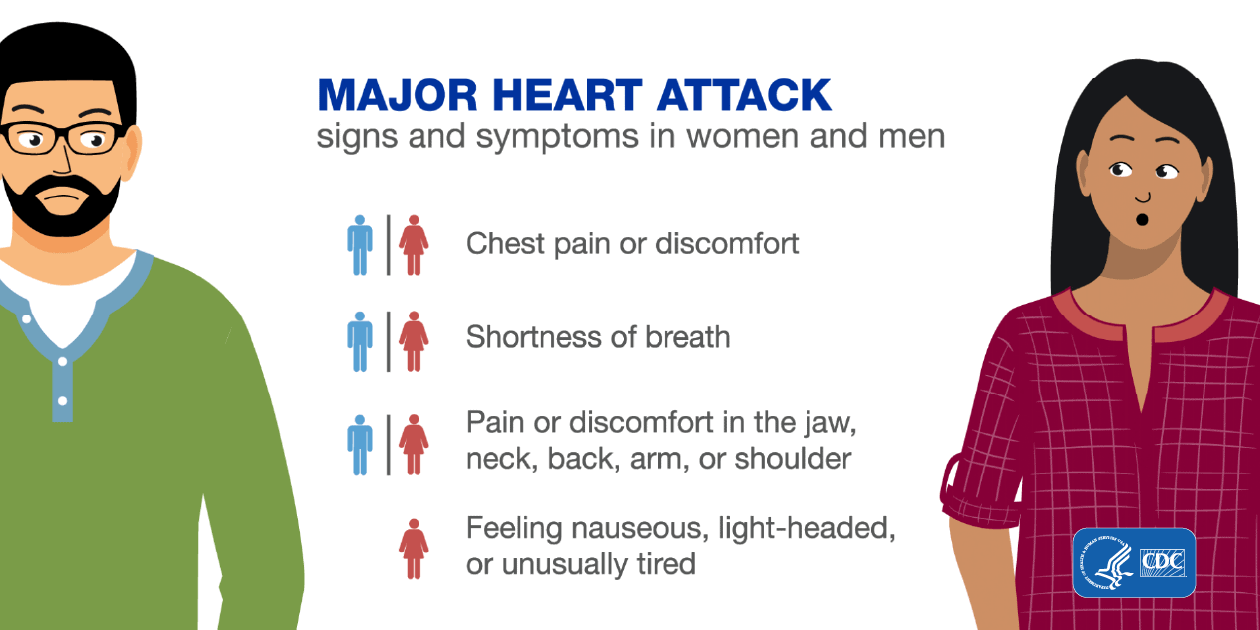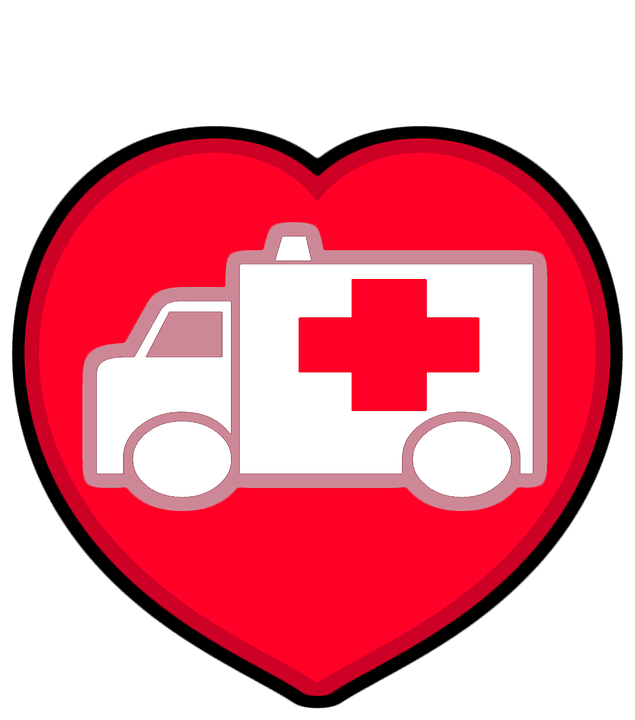February is American Heart Month! Did you know that every 40 seconds someone in the US has a heart attack? Today on the blog we’ll be exploring heart attacks- what causes them, how to prevent them, and warning signs to look out for.
What exactly is a heart attack?
- A heart attack happens when blood flow to the heart is blocked. This prevents the heart from getting enough blood to function.
What are the risk factors?
- Family history of heart attacks
- Poor diet, especially a diet high in sugar, fat, and salt/sodium
- Diabetes
- Obesity/being overweight
- High blood pressure
- High cholesterol
- Smoking
- Drinking too much alcohol
- Using tobacco (including chewing tobacco and vaping)
- Drug abuse
- Stress (be sure to check out the blog next week when we look at managing stress!)
What are the symptoms of a heart attack?
- Men and women experience heart attacks differently. Women are more likely to die from heart attacks because their symptoms are different.
- Men
- Chest pain, especially pain that spreads/radiates
- Difficulty breathing
- Nausea/indigestion
- Anxiety
- Heart palpitations
- Feeling lightheaded or dizzy
- Sweating
- Women
- Chest pressure
- Shortness of breath
- Weakness
- Fatigue
- Clammy sweat
- Dizziness
- Nausea/vomiting
- Pain in the jaw

Source: https://www.cdc.gov/heartdisease/heart_attack.htm
What can I do to prevent heart attacks?
- Eat a heart-healthy diet (click here for a shopping list from health.gov)
- Drink alcohol in moderation
- Maintain a healthy weight
- Stay active
- Quit smoking
- Manage your stress
- Talk with your doctor about your risk of heart attacks






